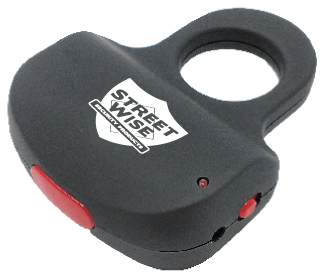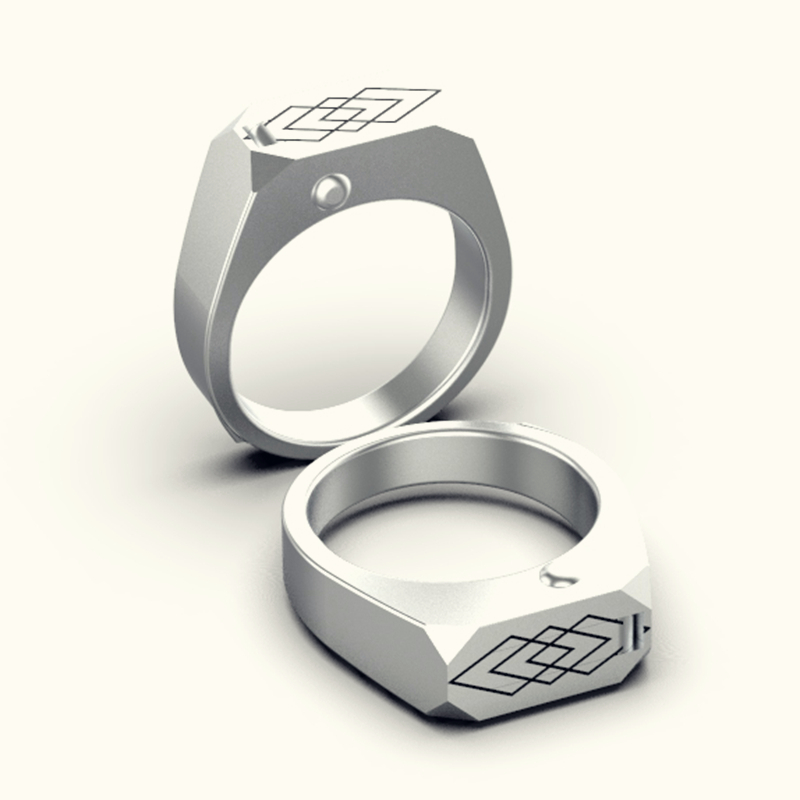
Cold Steel throwing knife come with a nylon sheath and a paracord handle. Although the latter may seem unnecessary to some casual knife throwers, it's an important feature for people who enjoy throwing knives. You should also look for knives that have a lanyard hole. This feature is also useful for people who throw knives in competitions.
No-spin technique
It is important to learn how to hold and draw a knife using both your hands in order to master the no spin cold steel knife throwing technique. You will need to raise your right arm and place the knife over your head, with both your hands pointed towards the target. Next, move your weight to the left foot. Lower your right arm and draw the knife towards your target with your index finger. Continue to do this motion until the knife is released.
Another advantage of the no spin technique is its ability to be used for short-range throws. The distance and spin can be adjusted automatically and the knife can be used to throw overhead or underarm. Timing is critical to success. This means that you have to release your knife at the right moment.

420 blades in stainless steel
Because of its low carbon content, 420 stainless steel is very popular among knife throwers. The blades of stainless steel 420 are extremely soft thanks to its low carbon content. This steel needs to be sharpened regularly. However, this steel does have its advantages. They are resistant to corrosion and rust. It is also the best choice to make diving knives. 420J stainless steel is the lowest available carbon steel and is also one of the most rust-resistant.
Stainless steel is also an excellent choice because of its ability to resist corrosion and is relatively cheap. It also has good strength and is very durable. The 420 stainless-steel is also very easy to polish.
Wrappings made of paracord
Paracord handles for cold steel knife throwers can be wrapped in lightweight nylon ropes. They are widely used by the military and law enforcement as well as civilians and have many benefits over bare handle. They can also increase grip by adding traction and control to large knives' handle. Most paracord handle wraps include a free sheath made from cordura nylon fiber. This sheath allows you to carry your throwing knife in a pocket or on a belt.
Longer handle
If you want to throw knives at a target, the handle is one of the most important considerations. The Cold Steel family of knives is among the best, but it is not the only option available. Cold Steel also makes the True Flight Thrower, a competition thrower that has a similar style and construction. This thrower also has a composite plastic handle. The blade measures 9 inches and weighs around 15.4 ounces.

You should consider your preference and skill level when purchasing a throwing blade. Most throwers prefer multiple knives, and having several knives on hand reduces the number of trips to the target. A six-bladed knife is an excellent choice for throwers of all skill levels, but it may be necessary to grind it to a more refined tip.
Sharp blade
Broken tips are common on cheap knives, but they can be fixed with a file. In general, cheaper knives make good throwers. They are easier to control because they have a lighter and smoother blade. They are ideal for both no-spin and rotational throwing. Aside from being less intimidating, they can be used by newcomers.
Some knives are made with a hardened blade for improved performance. Cold Steel Perfect Balance Thrower, inspired by a 1950s classic, features a blade which hits hard and penetrates quickly. A sharp blade and 1055 carbon steel construction make it a perfect thrower. It can be replaced and used as a survival knife.
FAQ
What should I look at in a class for self-defense?
It is important to consider the reputation and experience level of instructors when choosing a self defence class. Ask about their education and credentials.
Ask if they offer discounts or free trials. Some instructors offer special offers for new students.
Ask them if they offer online courses so that you can access them whenever you like.
Ask if emergency medical services are available after classes. This is especially important for anyone who gets hurt in class.
Make sure you find a class with a variety of exercises. This gives you plenty of time to experiment with each technique before moving on.
How do beginners do self-defense?
Self-defense does not require that you have been trained by an expert. You should also know how to defend your self when you're alone. These basic moves will help you defend yourself against attacks.
Begin with basic movements such as kicking, punching and kneeing. Next, move on to advanced moves such as grappling and joint lock.
It is always good to practice things that are similar to what you would encounter in real-life situations. If you want to learn how kick someone, you can practice on something like a pillow.
This will ensure that you don't cause injury to yourself while practicing. Be careful not to strike anything too hard as you could cause damage.
What is the best place to practice self-defense?
Your backyard is the best place to practice self defense. But if you don’t have the space to practice, you can always go elsewhere.
You could practice anywhere, such as in a empty parking lot, in a car park, or even your living room. Just make sure that you keep your eyes open and always be aware of your surroundings.
Practice alone is dangerous. Always practice alongside a partner.
What is the time it takes to recharge a stungun?
This varies depending on the type of battery.
For example, it can take 2 hours for AAA batteries to charge. It can take 8 hours for AAA batteries.
Are there any legal requirements for owning a stun gun?
You must prove that you are trained in order to purchase a stungun in certain states.
Some states require stun guns to be registered with the police.
Some states require that you notify law enforcement when you move.
Statistics
- The Rape, Abuse & Incest National Network reports that 70 percent of sexual violence cases aren't committed by random strangers in a dark alley but by people we know: friends, family, partners, co-workers, etc. (healthline.com)
- Boxers aren't allowed to fight in a clinch, which is a position that occurs in 80% of the streetfights. (mmaclan.com)
- Some people walk into a gym thinking they are going to become the best by training whenever they like and not putting 100% effort in. (budodragon.com)
- In a January 2018 survey of 1,000 women nationwide, 81 percent reported experiencing some form of sexual harassment, assault, or both in their lifetime. (healthline.com)
External Links
How To
How to Survive an Invasion at Home
Home invasion is frightening, especially if you have children. We didn't expect to live through home invasion when we started our journey with installing a home security system. Here's the information we've gleaned so far.
-
Don't Let Your Kids See The Attackers. Two men broke into our home upstairs while our kids were sleeping. We kept them downstairs until the police arrived. They didn't harm our kids, but it was enough to traumatize them.
-
Lock Up All Valuables. In our bedroom, we keep valuables safe. Even if someone attempts to break into your house, they won’t be able access it.
-
Keep an eye on Burglars. Our neighborhood is known for its high number of burglaries. We are always on the lookout for suspicious cars and people.
-
Always have a backup plan. Our family will be financially taken care of financially if anything happens. We also have a plan in place to leave the country if necessary.
-
Be Prepared. You must be prepared if you find yourself in a position where you have to defend your life. Prepare food, water, and other supplies.
-
Call 911 First. Call 911 immediately if you suspect that someone has broken into the house. It is better than waiting for authorities to knock on your door.
-
Use common sense. Do not allow anyone to enter the house if they aren't welcome. You should not invite strangers to your home.
-
Get Help From Neighbors Or Other People In The Area. If you feel unsafe, call your neighbors or friends. They can help you watch your back while you call the police.
-
Stay Calm And Do As Instructed By Police Officers. Keep calm and do as the officers direct. Do not run or resist arrest.
-
Take pictures of any evidence. Any evidence discovered during the investigation should be taken pictures. You can take pictures of fingerprints, blood samples, or other evidence.
-
Local Law Enforcement can be contacted to file a report. You can file a police report even if nobody was hurt. This will help to prevent future crimes.
-
Get in touch immediately with the Insurance Company. You should immediately contact your insurance company. You can tell them all about what happened and they will send an adjuster out to assess the damage.
-
Retire Personal Belongings. Remove personal belongings before leaving the scene. Take off expensive jewelry and keep it safe.
-
Keep Yourself Clean. Take care of yourself. Make sure you empty the trash, clean up any broken glass, and lock all doors.
-
Do not talk about what happened. Talk about what happened. You never know who could use this information against your later.